Floyd owl’s suffering ends
Human intervention both the problem and solution

By Amie Johansen | amie@charlescitypress.com
Monday morning Sandy Ewalt, of Floyd, let her dog out. The dog became agitated and began barking. When Ewalt’s son, Kyle went out to investigate he found an injured great horned owl. Realizing the bird needed specialized care, Kyle Ewalt called the Iowa Department of Natural Resources who directed him to Linda Nebbe a wildlife rehabilitator.
Nebbe volunteers at the Black Hawk Wildlife Project in Cedar Falls. Nebbe is one of only handful across the state who is certified to rehabilitate raptors.
“You need to have a federal rehabilitator license and that is put out by the national fish and wildlife department,” Nebbe said.
She explained the difficulty of obtaining a federal rehabilitator license.
“In order to have a federal permit to work with raptors you need to have a state permit in the state that you’re working and you have to have that first for a certain period of time,” Nebbe said.
For this reason, Nebbe and the Black Hawk Wildlife Project was one of only a few places where the Ewalts’ great horned owl could be taken for examination.
“He had a very broken wing that had been broken for a long time,” Nebbe said. “He was very starved so he was very weak.”
The main bone of the wing was broken and separated from the shoulder. According to Nebbe the great horned owl had several internal injuries as well.
“He was in bad shape,” she said. “We had to euthanize him. There was no way that injury could be fixed.”
Unfortunately, animals receiving care too late to regain health is fairly common.
“We have between 50 to 60 percent release rates,” Nebbe said. “We get some that are real bad and we have some real miracles and we have some that are ‘give them a day or two’ and they will be released.”
Occasionally animals that can’t be rehabilitated to the point of being safely released back into the wild can be used as education animals. In order to be used as an education animal, certain standards must be met.
“His break was so high he wouldn’t have met standards,” Nebbe said.
The decision to put down the great horned owl was not made lightly.
“Every rehabber that has a license has a vet that they can consult with,” she said.
Nebbe blames one source for the cause of this owl’s injuries and the injuries of the vast majority of other animals who are in need of rehabilitation.
“Human intervention,” she said. “All the way from telephone wires across the road, getting hit by cars, getting caught in fences, toxins, pesticides on crops. Great horned owls are particularly at the top of the food chain, they don’t have many enemies.”
While people are largely the cause of these injuries, they are also responsible for rehabilitation and the end of suffering.
“Even with him, (Kyle Ewalt) saved this guy a ton of suffering,” Nebbe said of the injured great horned owl. “Who knows if he had hours or days of suffering on the ground. He was filled with maggots… (Ewalt) was my hero of the day because he did save (the owl) from massive suffering.”
Nebbe explained the importance of showing compassion toward injured animals. Animals who have suffered an accident of some sort can’t necessarily heal on their own, she said. Those who need greater support are destined to live in pain until eventual death without human intervention.
Nebbe encourages those who suspect an animal — from owls and eagles to squirrels and rabbits — is in need of advanced healthcare to call the Black Hawk Wildlife Project at 319-277-6511.

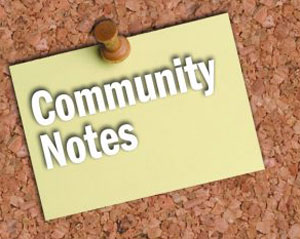

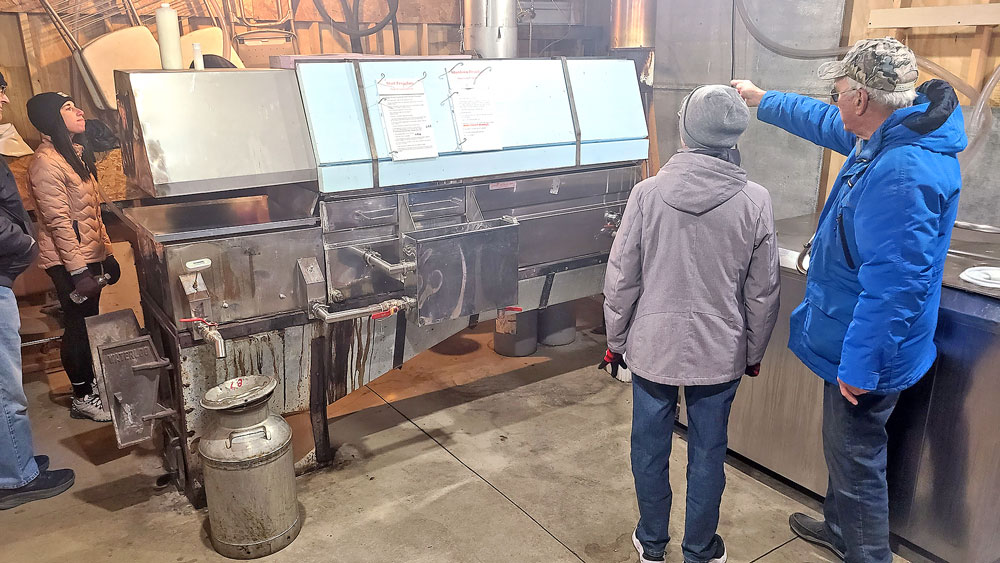
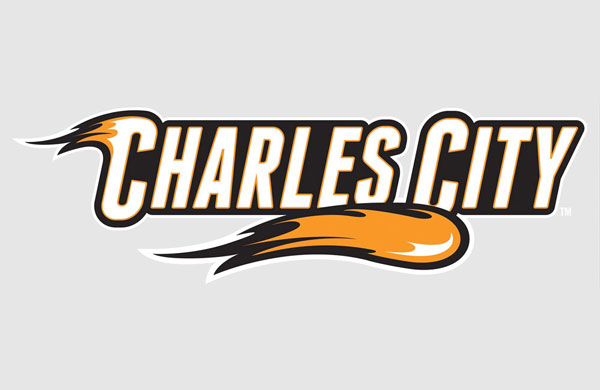
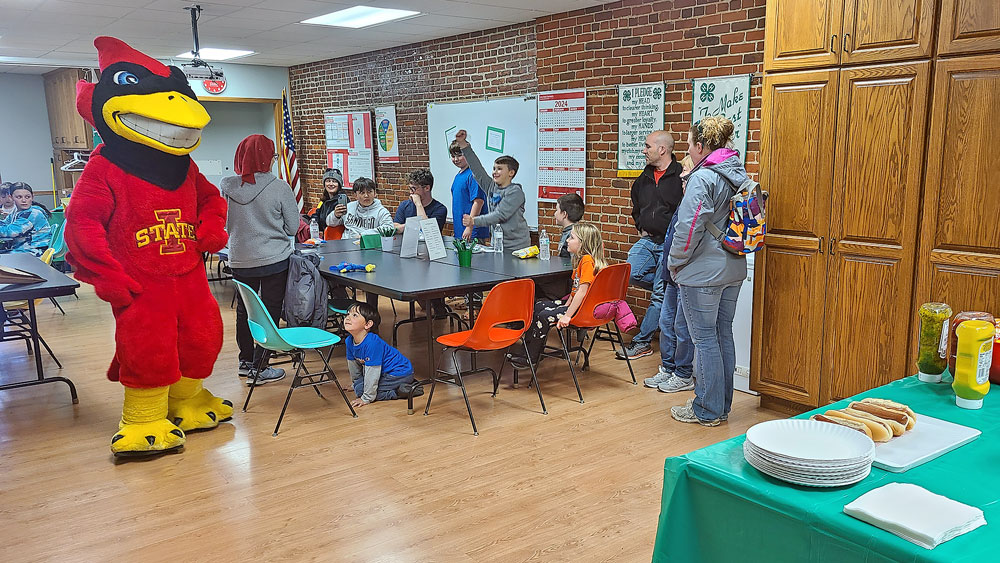
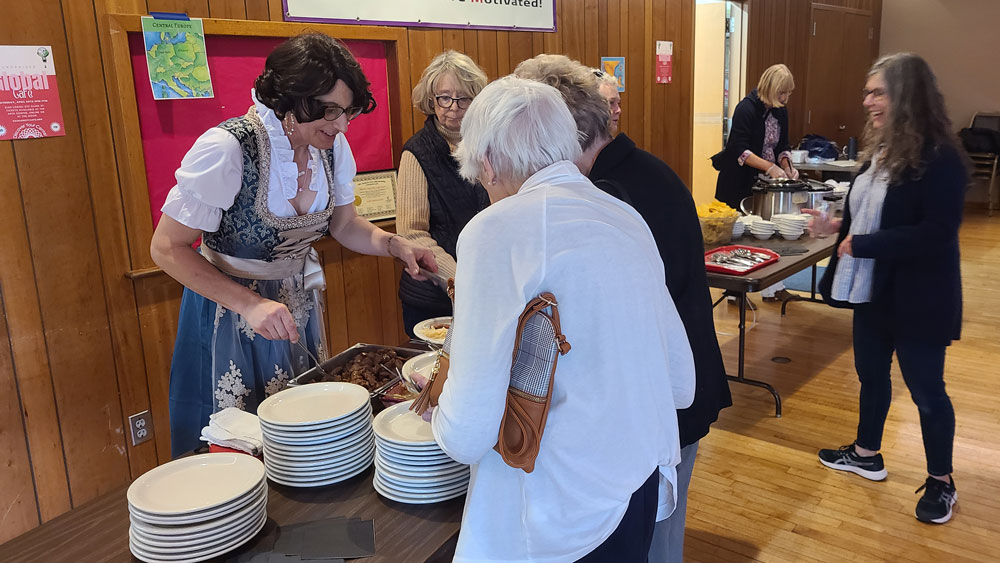


Social Share